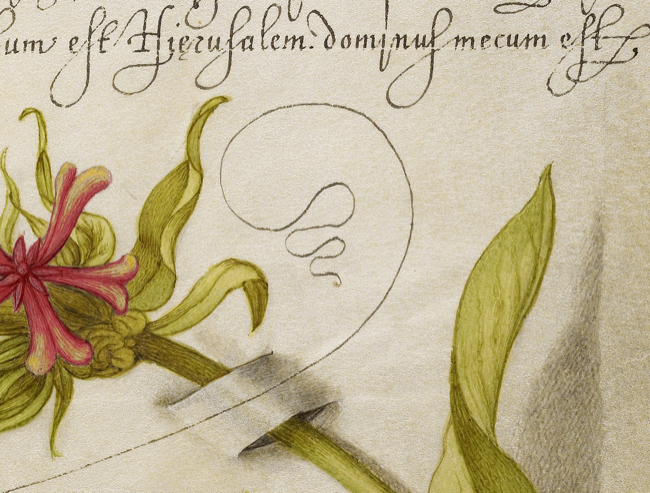Getty Open Content
I was thrilled to hear last week that the J. Paul Getty Museum is beginning to open their digital content to free access online. James Cuno says the time for this transition is now:
The Getty was founded on the conviction that understanding art makes the world a better place, and sharing our digital resources is the natural extension of that belief. This move is also an educational imperative. Artists, students, teachers, writers, and countless others rely on artwork images to learn, tell stories, exchange ideas, and feed their own creativity. In its discussion of open content, the most recent Horizon Report, Museum Edition stated that “it is now the mark – and social responsibility – of world-class institutions to develop and share free cultural and educational resources.” I agree wholeheartedly.
This is particularly timely for a talk I’ll be giving at SCSC this fall on an illuminated manuscript in the Getty’s collections. Click on the picture to zoom in and see the kind of details visible in these images:

I do hope that as more museums adopt this policy, they implement it with equally-open technological standards like the Rijksmuseum has done with its API that open up collection images and metadata in a way that is both human-readable as well as machine-readable.
